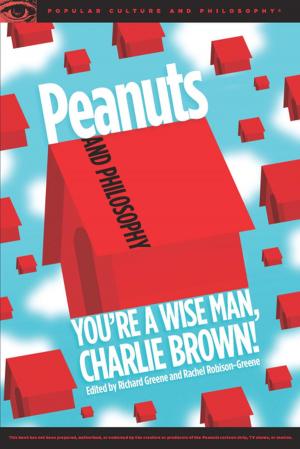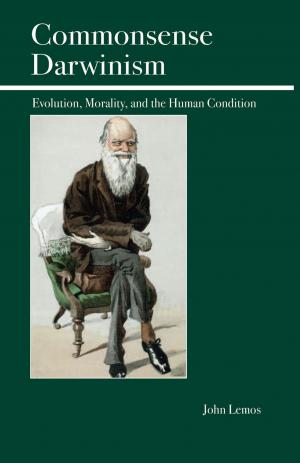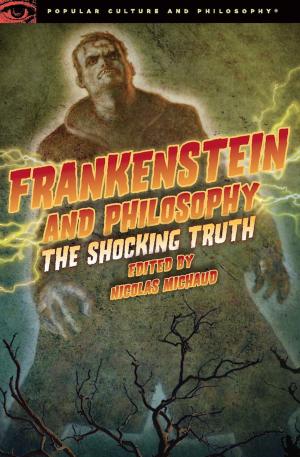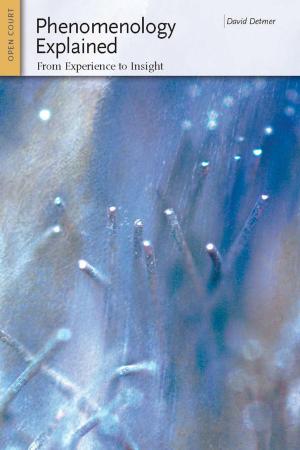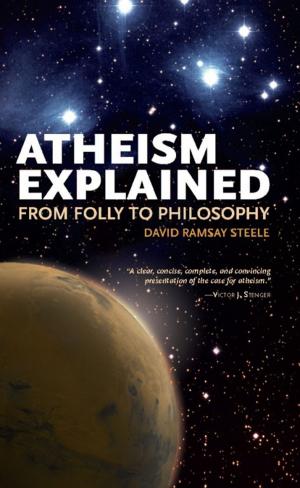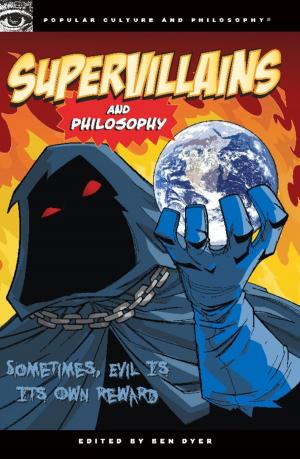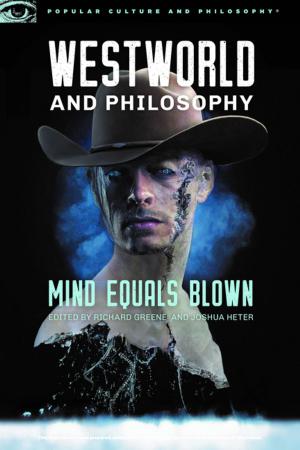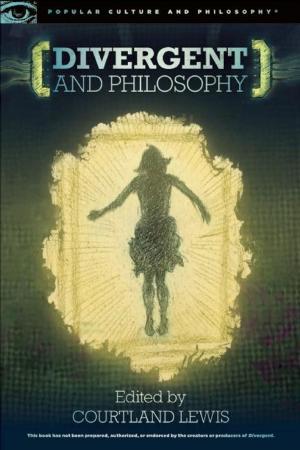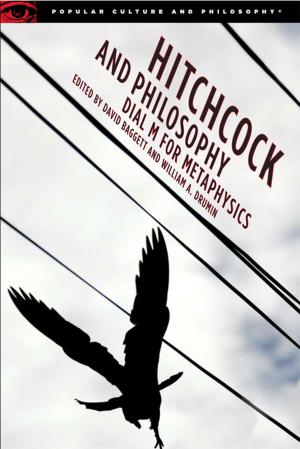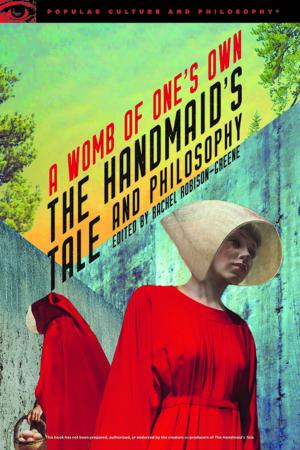SpongeBob SquarePants and Philosophy
Soaking Up Secrets Under the Sea!
Nonfiction, Religion & Spirituality, Philosophy, Political| Author: | ISBN: | 9780812697353 | |
| Publisher: | Open Court | Publication: | August 9, 2011 |
| Imprint: | Open Court | Language: | English |
| Author: | |
| ISBN: | 9780812697353 |
| Publisher: | Open Court |
| Publication: | August 9, 2011 |
| Imprint: | Open Court |
| Language: | English |
SpongeBob SquarePants and Philosophy introduces fans of SpongeBob SquarePants to some of the great thinkers and questions in philosophy. The essays can be shared by young and old alike, kindling new interest in philosophy and life’s big questions. What keeps SpongeBob “reeling in” major audiences on a daily basis is that underneath the lighthearted and whimsical exterior are the seeds of philosophical discussions about identity and the self, our obligations toward others, benefits and tensions of the individual in community, principles of the marketplace and environmental ethics, and questions of just how exactly Jack Kahuna Laguna can build a fire at the bottom of the ocean. (Okay, so perhaps we don’t have an answer for that last one, but maybe if you look into that fire long enough the answer will be revealed.)
The book begins with a section exploration of the major characters of the series. For instance, chapter 1 uses the philosophies of Aristotle to demonstrate why SpongeBob, more than any other character in the series, is defined by a life of well-being and flourishing. Chapter two provides an assessment of SpongeBob’s best friend, Patrick Star.
SpongeBob SquarePants and Philosophy introduces fans of SpongeBob SquarePants to some of the great thinkers and questions in philosophy. The essays can be shared by young and old alike, kindling new interest in philosophy and life’s big questions. What keeps SpongeBob “reeling in” major audiences on a daily basis is that underneath the lighthearted and whimsical exterior are the seeds of philosophical discussions about identity and the self, our obligations toward others, benefits and tensions of the individual in community, principles of the marketplace and environmental ethics, and questions of just how exactly Jack Kahuna Laguna can build a fire at the bottom of the ocean. (Okay, so perhaps we don’t have an answer for that last one, but maybe if you look into that fire long enough the answer will be revealed.)
The book begins with a section exploration of the major characters of the series. For instance, chapter 1 uses the philosophies of Aristotle to demonstrate why SpongeBob, more than any other character in the series, is defined by a life of well-being and flourishing. Chapter two provides an assessment of SpongeBob’s best friend, Patrick Star.



